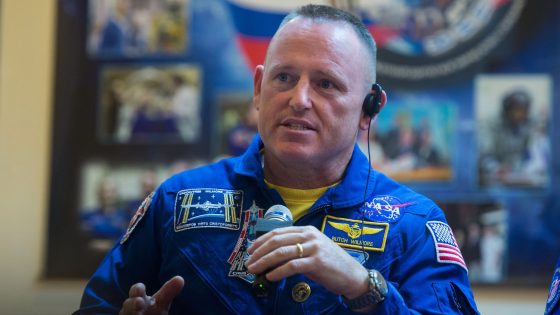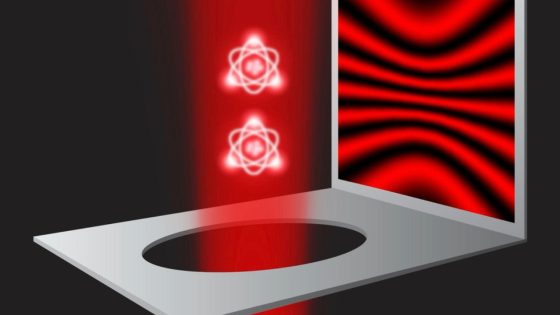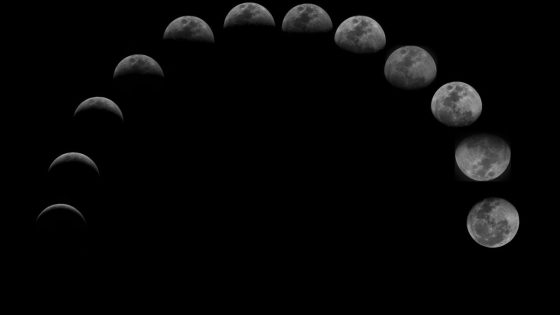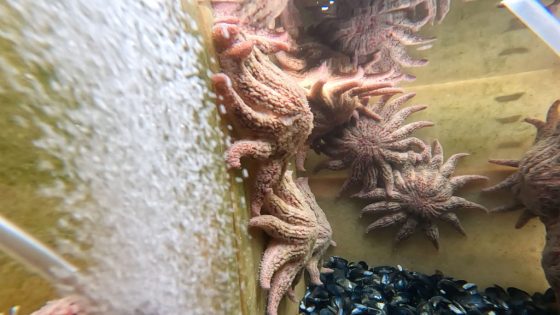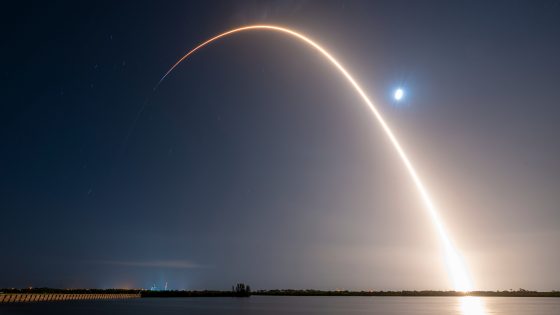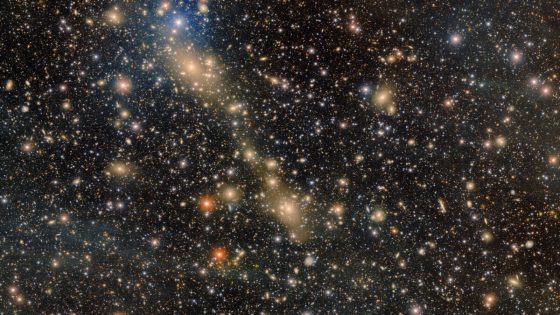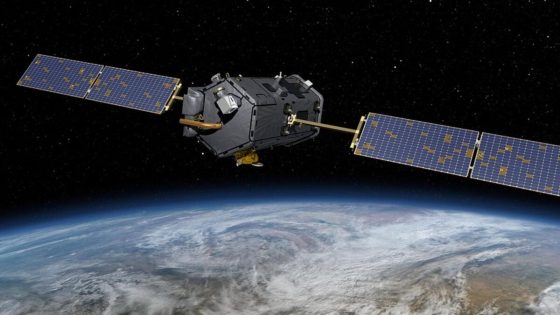The mesopause, the coldest layer of Earth’s atmosphere, can see temperatures plummet to nearly minus 148 degrees Fahrenheit. Understanding this frigid region is crucial, especially as scientists explore its role in atmospheric dynamics. On August 26, 2025, a series of TOMEX+ rocket launches will provide valuable insights into this elusive layer.
- Mesopause is the coldest atmospheric layer.
- It mixes weather patterns and energy transfer.
- Sounding rockets are used for data collection.
- TOMEX+ rockets will release vapor tracers.
- Vapor tracers are safe for the environment.
- Launches were delayed due to Hurricane Erin.
Scientists are particularly interested in the mesopause because it acts as a “mixing ground” where lower atmospheric weather patterns transfer energy upward, fueling turbulence that affects satellite drag. However, studying this area presents challenges: it lies too high for weather balloons and too low for satellites.
As researchers prepare for the TOMEX+ rocket launches, one key question arises: how will these experiments improve our understanding of atmospheric energy transfer? The use of vapor tracers, which include barium, lithium, and aluminum compounds, allows scientists to track energy movements effectively. Consider these points:
- The mesopause is a critical layer influencing satellite operations.
- Vapor tracers are non-harmful and provide crucial data.
- Sounding rockets can reach altitudes that traditional methods cannot.
As we look ahead, the TOMEX+ missions may pave the way for future advancements in atmospheric science, potentially leading to more efficient satellite designs and better weather forecasting models.





